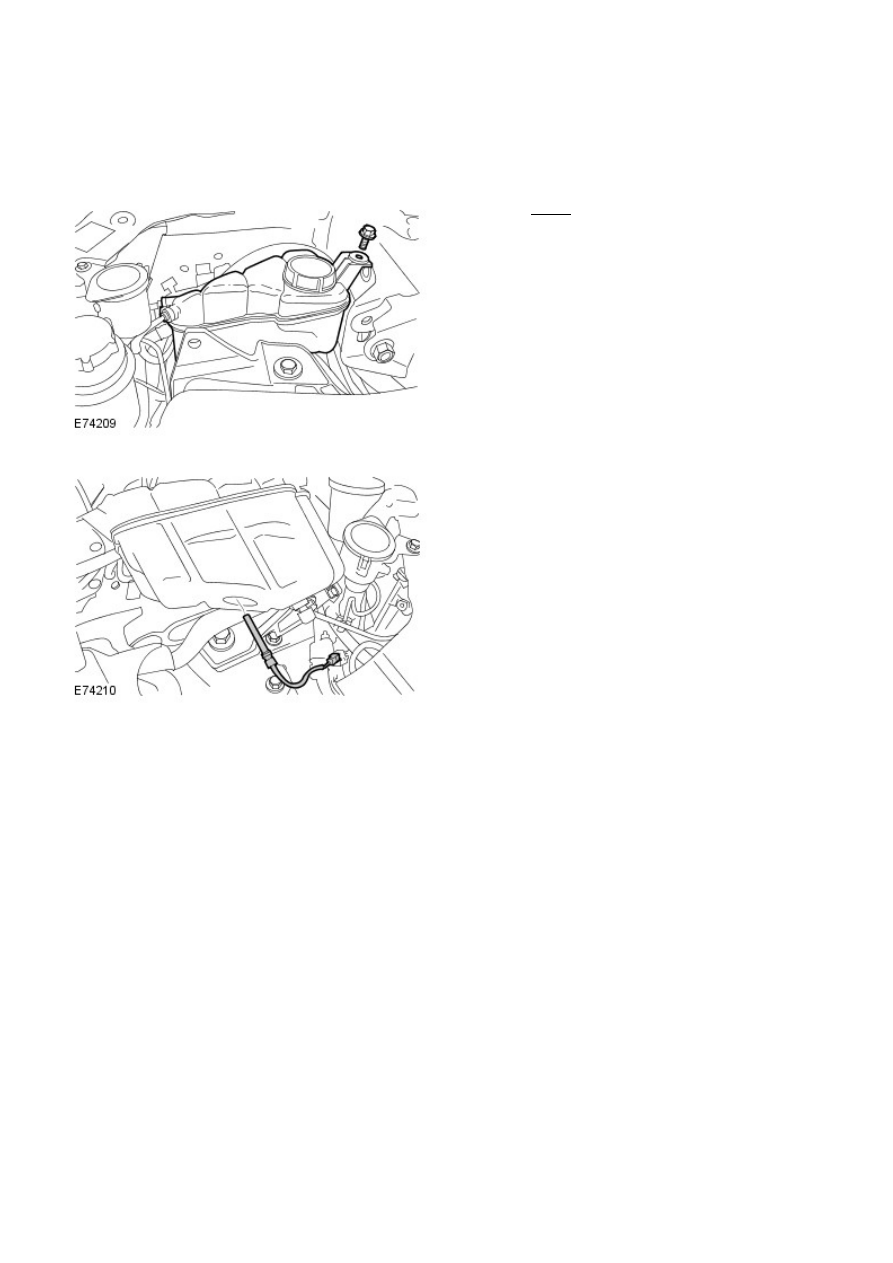Frelander 2. Manual - part 244

Engine Cooling - TD4 2.2L Diesel - Engine Coolant Level Switch
Removal and Installation
Removal
• NOTE: Removal steps in this procedure may contain installation details.
Torque: 10 Nm
1.
2.
Installation
To install, reverse the removal procedure.
1.